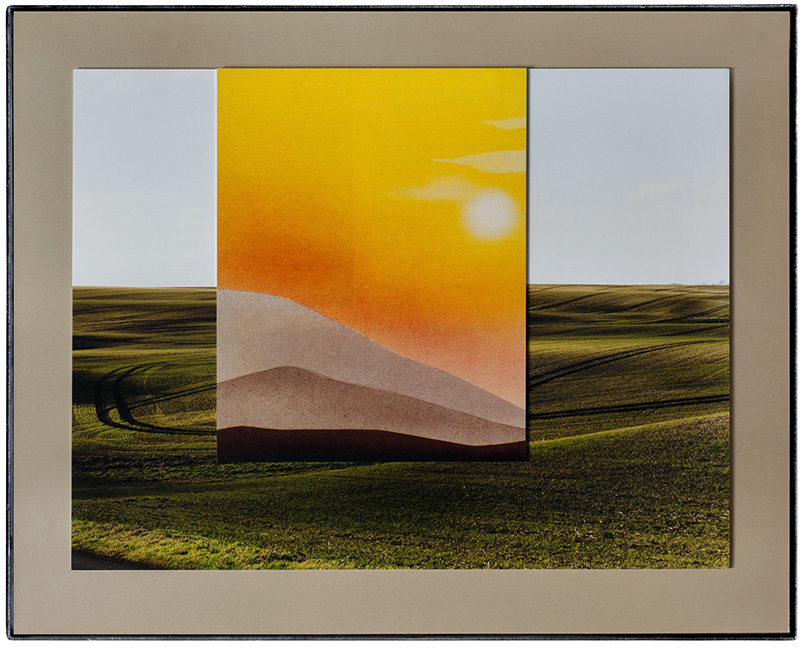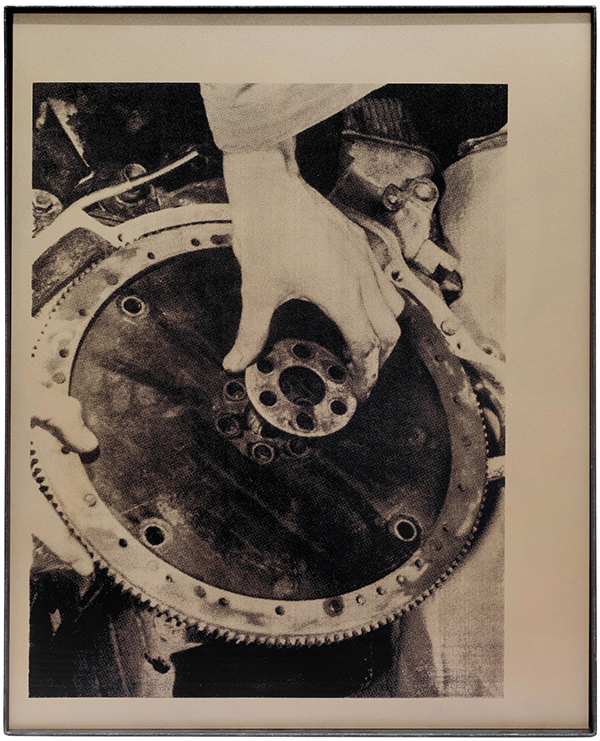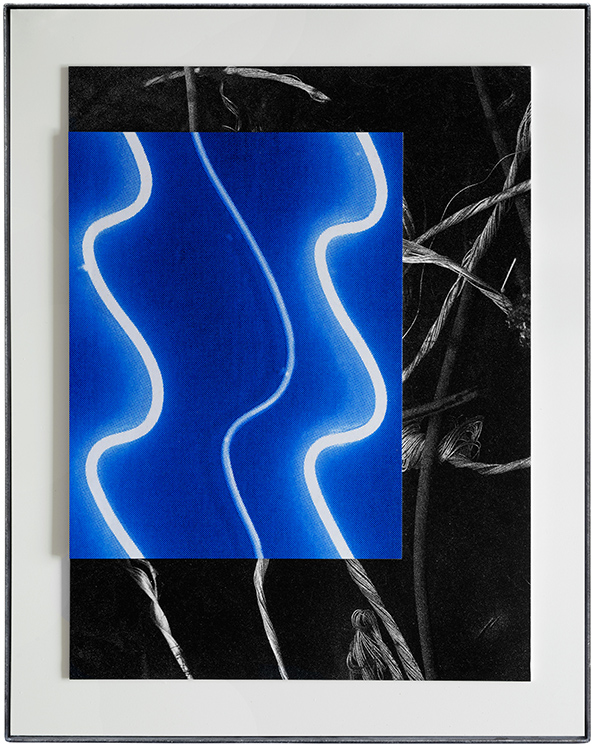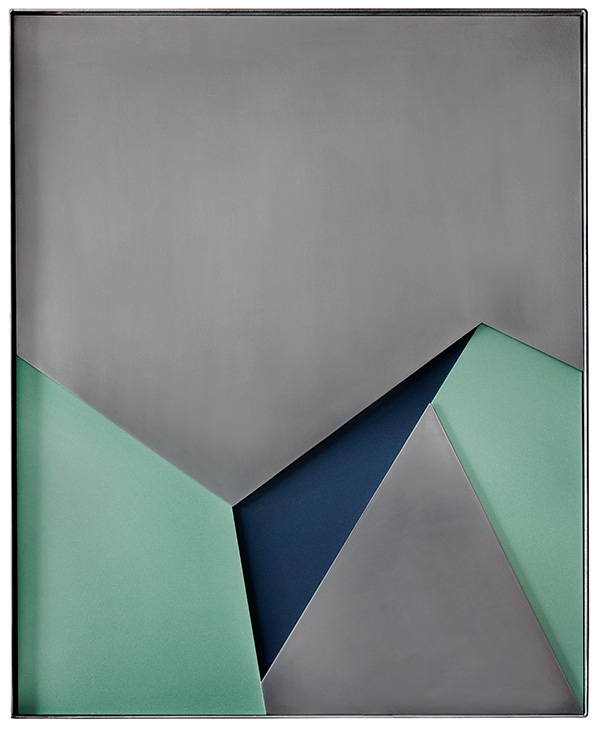PHOTO:Theo Simpson
 Theo Simpson lives and works in the North of England, his works reflect on mythical themes relating to landscape and industrial heritage, probing the instability of the post-industrial landscape and its cultural and physical borders. Through the examination of materials, ruins, objects and experiences encountered and created, this practice confronts the diverse language of visual material from a variety of sources and points in time.
Theo Simpson lives and works in the North of England, his works reflect on mythical themes relating to landscape and industrial heritage, probing the instability of the post-industrial landscape and its cultural and physical borders. Through the examination of materials, ruins, objects and experiences encountered and created, this practice confronts the diverse language of visual material from a variety of sources and points in time.
By Efi Michalarou
Photo: FOAM Museum Archive
During Unseen Amsterdam 2017 (22-24/9/17), Theo Simpson (was selected by an international jury as the recipient of the Outset|Unseen Exhibition Fund. Foam presents his fsolo exhibition “Part and Whole” that feature a selection of his most recent works, a number of which will be on show for the first time at Foam, among them is the site-specific sculpture “Helical Column”, made from construction materials usually are not visible, but part of internal structures. In the late 19th and early 20th centuries, the economy of England was dominated by heavy industry spurred on by technological advancements and innovative engineering. International competition, economic stagnation and political influence caused a disastrous decline in these industries in the ‘70s and ‘80s, coinciding with the decline and collapse of substantial local and national industries.. Simpson uses his own local landscape of Northern England as the starting point for an exploration of the dynamic interactions between ideologies, economies, industries and environments. The inherent power of this material to mould history, distort memories, and to create and manipulate meaning is explored, acting as a starting point for new thinking and possibilities. Simpson’s compositions and their specifications express different clues towards an understanding of his visual puzzles. By combining and layering such varied streams of imagery and materials together, as expressed through elements such as the use of visionary slogans from old advertisements of defunct British car brands, or by adopting colours from their old colour charts, Simpson’s works recall the spirit and ideas of contrasting times. Even though sometimes such components refer to vanished industries, through the arrangement of materials and data, use of techniques and processes, his works simultaneously reflect aspects of these industrial periods that live on through the ever present optimism in the those ideas and pioneering nature of the technology.
Info: FOAM Museum, Keizersgracht 609, Amsterdam, Duration: 19/1-1/4/18, Days & Hours: Mon-Wed & Sat-Sun 10:00-18:00, Thu-Fri 10:00-21:00, www.foam.org



